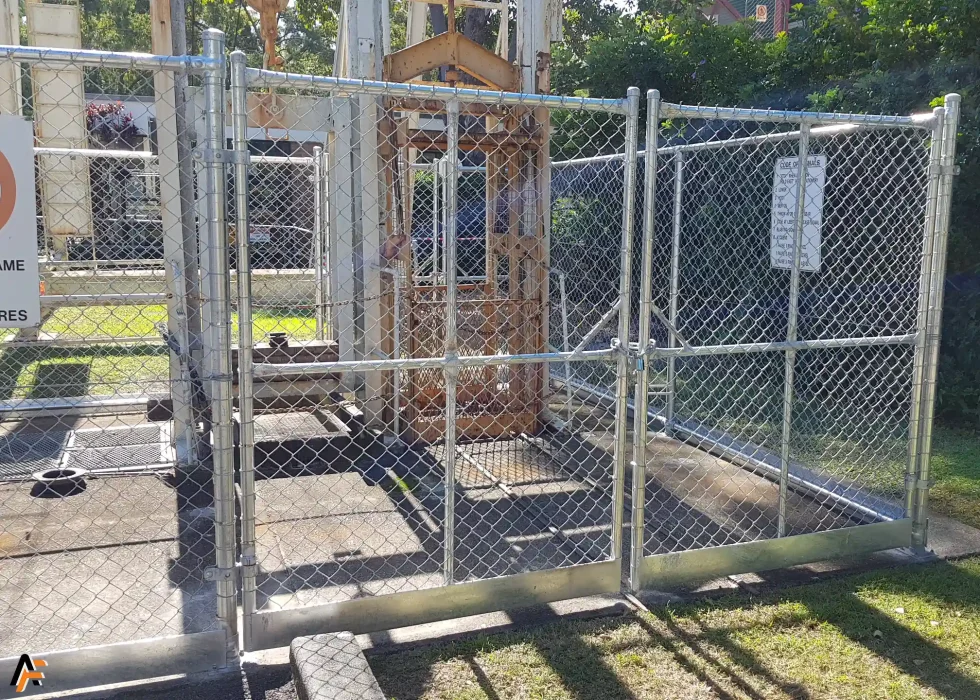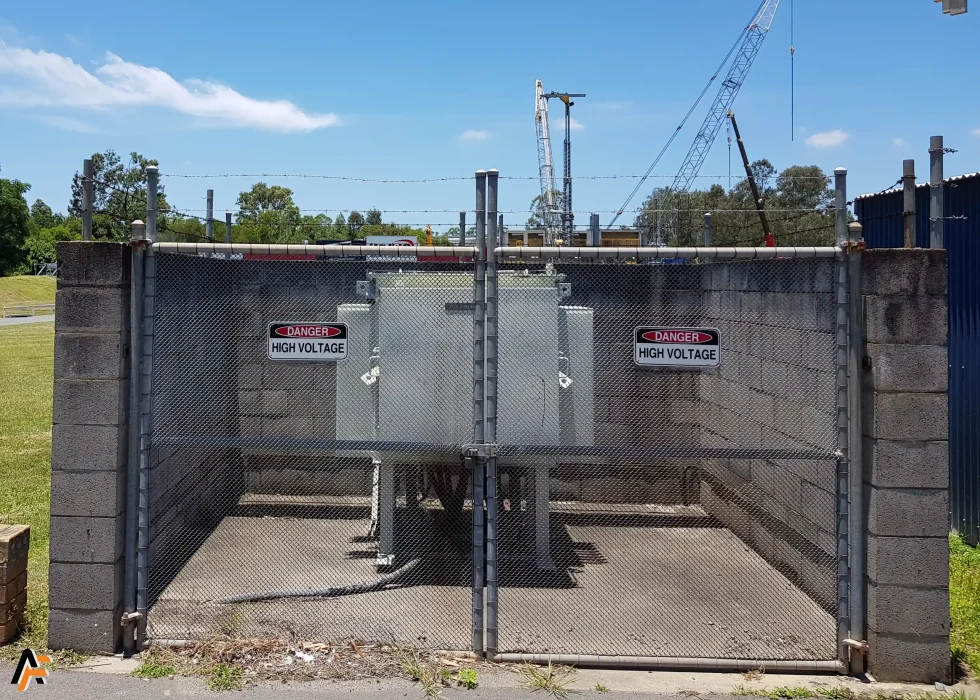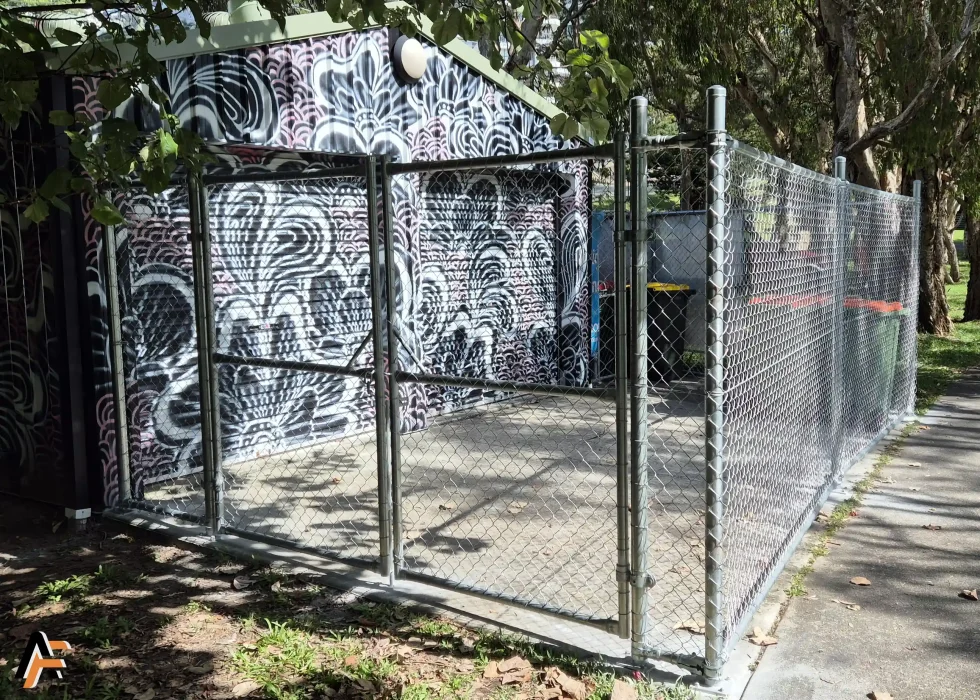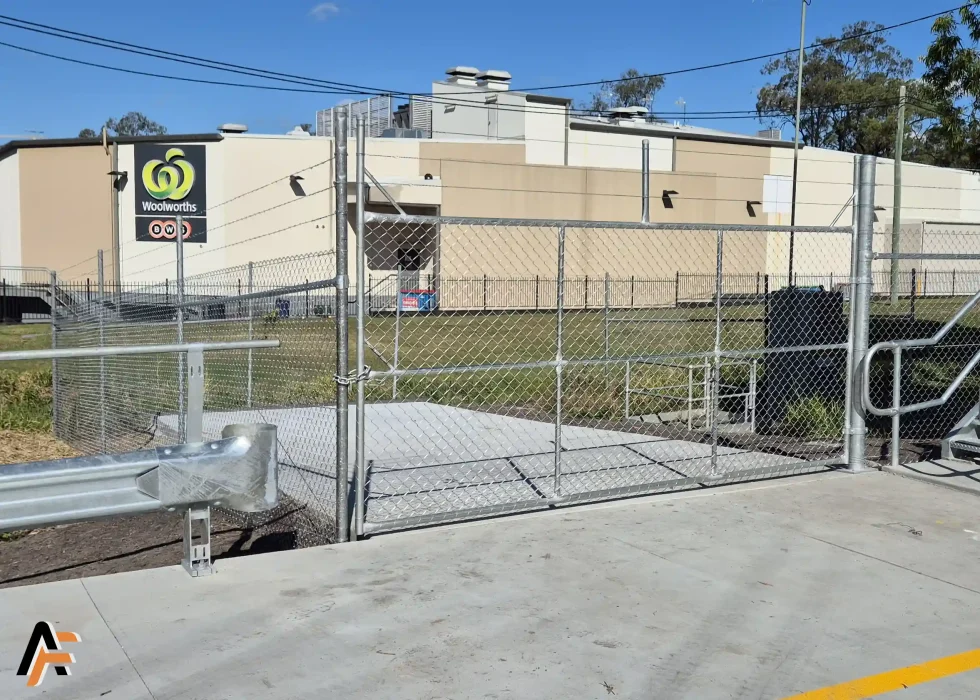Servicing All Areas Around Brisbane, Gold Coast and Northern New South Wales


Security is a priority for any business operating within a commercial or industrial setting. Whether it involves isolating equipment, protecting stock, or complying with WHS, having designated, secured areas within a facility is important for both safety and operations. This is where commercial security cages come into play. Unlike basic storage cages commonly installed in apartment basements or car parks, these systems are built to meet the demands of commercial use. They are made from heavier materials, engineered to resist tampering, and designed to align with a business’s operational and regulatory requirements.
This article outlines how commercial security cages differ from residential-grade storage enclosures, and how they’re used in real-world business environments. The goal is to provide clear guidance to help organisations choose a cage that serves its intended purpose and stands up to the demands of daily use.
Security cages are fixed, steel mesh enclosures used to control access within commercial premises. Storage cages are typically used for residential purposes in apartments and car parks. Typically constructed using galvanised chain wire or weldmesh panels, these cages are mounted to steel posts and frames, secured either via bolt-down flanges or concreted into the ground. Access is managed through hinged or sliding gates. These cages vary widely in scale—some are compact, designed to secure a server rack or chemical cabinet; others span entire zones within warehouses or factories.
It’s important to draw a clear line between security cages and the lighter-duty storage cages used in residential settings. The differences go far beyond material thickness.
Security cages are used in a wide range of industries and site types. Regardless of the environment, the goal is the same: restrict access, reduce risk, and control how goods or infrastructure are stored or protected on-site. Below are some of the most common commercial use cases, along with the reasons businesses rely on cages in each setting.
Each site is different. Some cages are installed inside air-conditioned warehouses, others outdoors beside substations or telecom towers. The specifications of the security cage must match the demands of the environment and the expectations of the operator. This is why engaging an installer with commercial experience matters – cutting corners on materials or layout can compromise the entire system.


Designing a commercial security cage involves far more than just assembling mesh panels and bolting them to the floor. The solution must be developed with a clear understanding of the specific risks involved, the layout of the site, and any operational requirements relevant to the facility.
The starting point in any cage design is understanding what it needs to achieve. If the cage is intended to restrict access to dangerous goods, the design will differ significantly from one built to deter theft or separate tenant spaces. A cage used to house dangerous goods, for example, may require non-flammable materials, clear hazard signage, and emergency evacuation features. In contrast, a cage protecting high-value inventory may prioritise restricted visibility, CCTV integration, and a chain wire type that restricts climbing.
Chain wire mesh is the only fencing material Apollo Fencing uses for our commercial security cages – and for good reason. When installed correctly, it offers a fantastic balance between visibility, airflow, price and security. The key is not just in using chain wire, but in choosing the right configuration to suit the application and environment.
Wire diameter is a critical consideration. Lighter gauges such as 2.50 mm may be sufficient for internal cages where the risk of tampering is low, but higher-risk areas and applications typically require 3.15 mm or heavier. Thicker wire not only resists cutting and deformation, but it also performs better over time in high-contact or frequently accessed areas.
The mesh aperture—often referred to as the diamond size—should also reflect the security level required. A 50 mm diamond is standard for most installations, but smaller apertures can be used where climbing deterrence is a key consideration.
Coating type plays a role in the longevity of the enclosure, especially in high-humidity environments or facilities with corrosive exposure. Galvanised wire is suitable for most indoor, outdoor and dry-area installations. In harsher environments – such as coastal regions or chemical storage areas – a PVC-coated finish provides an added layer of corrosion resistance and extends the life of the mesh.
Framework matters just as much as mesh. Posts and rails must be structurally sound and built for long-term use. All vertical posts should be hot-dip galvanised to prevent corrosion at the base or footing. Powder coating is optional but recommended in high-traffic areas or visually prominent areas if visual appeal is important. Rails, bracing, and gates should use medium to heavy-wall steel pipe – not lightweight substitutes – particularly where the cage is accessed regularly or exposed to incidental impact.
The physical layout of a security cage must account for not just its current purpose, but how the space around it is used now and in future.
The security level of the mesh and frame is only as effective as the gate. Access must be tailored to the users, risk level, and operational environment.
The footing system used affects the security, stability, and longevity of the cage. The two primary installation methods are bolt-down and in-ground fixing.
Compliance is non-negotiable when security cages are installed in commercial settings. Depending on what’s being enclosed and where the cage is located, different Australian Standards may apply.
Skipping or misunderstanding regulatory obligations often leads to retrofitting, re-certification, or complete removal of non-compliant structures. If there’s any uncertainty, experienced installers should liaise with your certifier or project manager during planning.
A security cage is not just a physical barrier—it’s a control measure that directly supports operational integrity, safety, and protection of assets. When properly designed and installed, a cage becomes a valuable part of the infrastructure. It allows businesses to manage risk, maintain clear areas of separation within a facility, and meet the increasingly complex standards imposed by insurers, regulators, and clients.
The key is in the detail. Simply installing mesh panels is not enough to call it secure. The materials must be matched to the environment, the access points must reflect how the space is used, and the layout must account for both current operations and future changes. A generic or under-specified cage may look adequate on paper, but it won’t stand up to scrutiny if subjected to tampering or operational wear.
Commercial fencing companies with experience in industrial applications understand this. They design systems that are structurally sound and aligned with how the space is actually used. That’s what separates a well-integrated security cage from a temporary fix that needs to be replaced a year later.
To learn more about security cages or if you would like to organise a quote, please feel free to contact Apollo Fencing today.